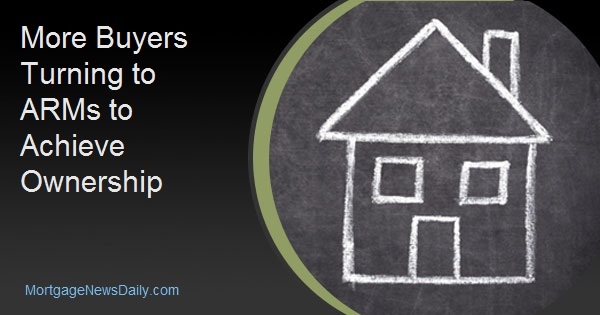The share of December originations that were adjustable rate mortgages (ARMs) was the highest since Ellie Mae began tracking them in 2011 the company said in its December Origination Insight Report. As mortgage rates rose, the share of ARMs reached 9.2 percent, up from 8.9 percent in November. The share in December 2017 was 5.6 percent.
"With the strong demand for housing and the rapid increase in property value appreciation, more consumers are turning to Adjustable Rate Mortgages in order to gain additional flexibility when competing for a home," said Jonathan Corr, president and CEO of Ellie Mae. "This is another key indication of how demand has outpaced supply in the housing market as consumers pursue their dream of homeownership."
Mortgages for home purchase made up 70 percent of originations in December. This is 1 percentage point lower than the share in November. Sixty-four percent of originations were conventional loans while FHA made up 20 percent and VA loans 11 percent. This was a 1-point shift away from the conventional loan share in November while FHA and VA loans each picked up 1 point.
The time to close all loans increased to 47 days in December, up from 46 days in November. Time to close a purchase loan decreased to 47 days, while time to close a refinance increased to 44 days.
Overall FICO scores dropped one point to 726. LTV held at 79 for the fifth month and DTI held at 26/39.
The average interest rate for 30-year loans originated during the month was 5.17 percent, up from 5.15 percent in November. The FHA average was 5.20 percent, the Conventional rate was 5.19 and the VA's was 5.01 percent.
The closing rate for all loans rose from 70.1 percent in November to 71.4 percent in December and was higher across all loan types. Ellie Mae bases the closing rate on a sample of loan applications initiated 90 days earlier, in this case the September 2018 applications.
The Origination Insight Report details aggregated anonymized data pulled from Ellie Mae's Encompass origination platform. It focuses on loans that closed in a specific month and compares their characteristics to similar loans that closed three and six months earlier.







